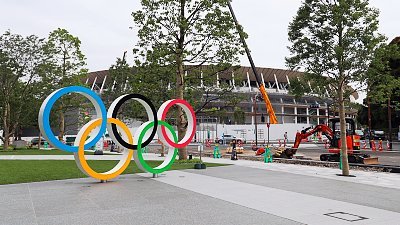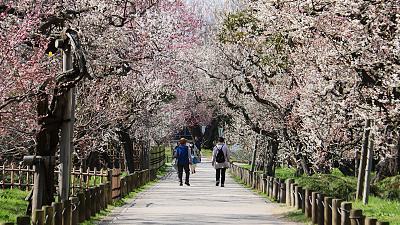Setouchi Triennale 2019

The Setouchi Triennale, a contemporary art festival held every three years on islands in the Seto Inland Sea, has just opened for the fourth time since its inaugural session back in 2010. This widely celebrated festival takes place predominantly across twelve idyllic isles between the Japanese main island of Honshu and Shikoku, and this year will happen over three sessions: in spring, until May 26, in summer from mid July to late August, and in autumn from late September to early November.
Beautiful as many of the islands in the Setouchi region may be, they have in recent years suffered from dramatic depopulation and general decline, and so the Setouchi Triennale was devised in part as a way to revitalize the islands and give a boost to local economies. Thankfully the festival boasts art as beautiful as the motives behind it, and so it is (and will be) the japan-guide.com team's pleasure to report there and uncover some of this year's highlights.
To start our coverage of this year's festival, I explored three of the region's islands, namely Naoshima, Megijima and Ogijima, all of which are located within a relatively short ferry ride of Shikoku's largest city, Takamatsu.

Day 1
Naoshima
I began my journey by taking a ferry from Uno Port on Honshu to Naoshima, which is arguably the most famous location of the Setouchi Triennale. Known for its modern art museums, architecture and sculptures, the island's art is split over three areas, the area around Miyanoura Port on the west of the island, around the Honmura Port on the east of the island, and along a stretch of coast on the south of the island.
I landed at Miyanoura Port and, after renting a bicycle from an outlet near the port for 500 yen, began exploring the waterfront in search of art.
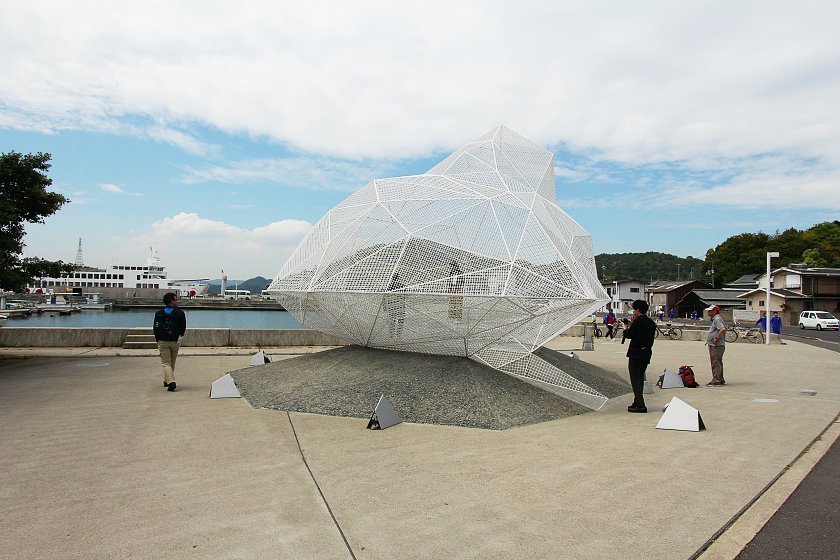
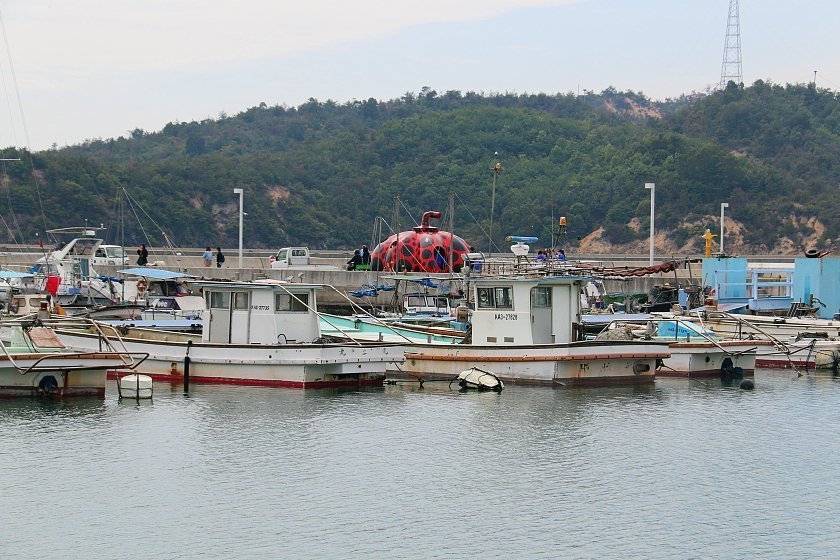
After taking in some art along the waterfront, including Kusama Yayoi's famous "Red Pumpkin", I made my way into the maze of narrow backstreets. Here I came across more art including "Naoshima Bath I Love Yu" by Otake Shinro. This piece is a working public bath, and with its colorful, striking design was certainly a highlight of the area.
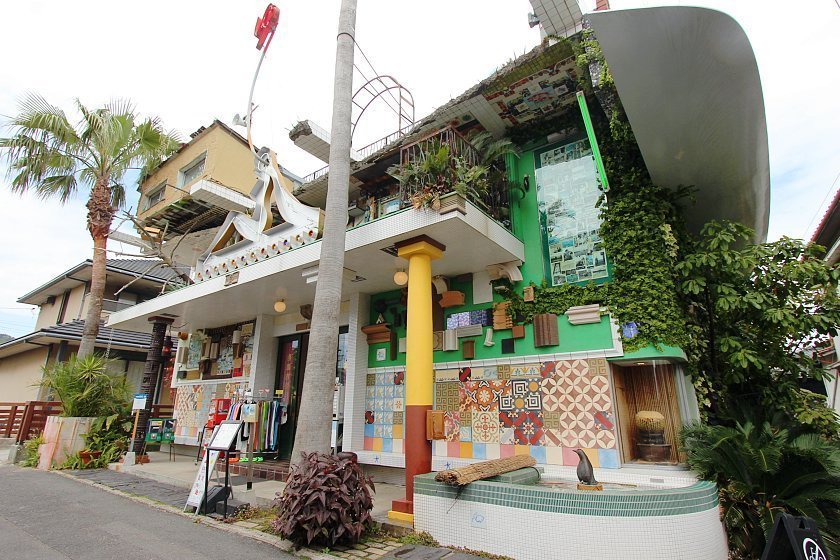
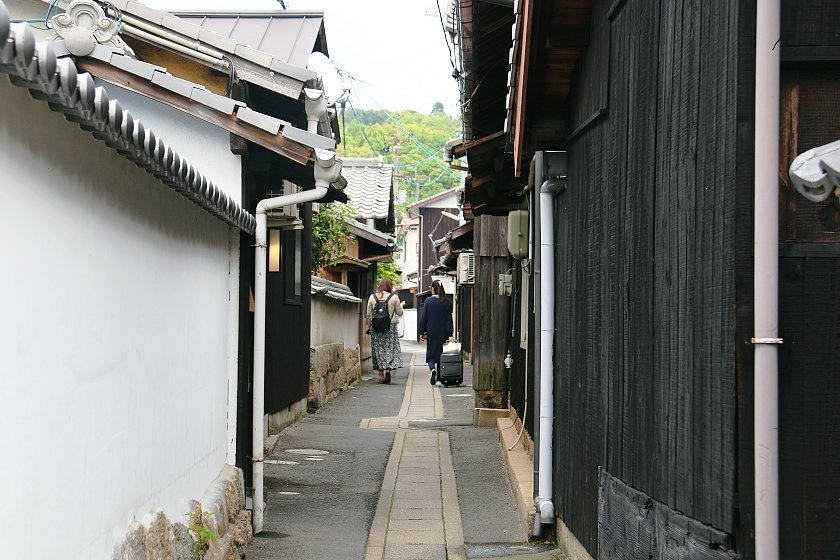
Next up I began the 20 minute cycle over to the Honmura Port area on the east of the island. Along the way I stumbled across "Haisha" by Otake Shinro. This inspiring piece is part of the Art House Project, in which a number of old houses have been ambitiously transformed into stunning works of art. Although having to contend with a couple of gentle hills, the bike ride was pleasant with little vehicular traffic to contend with.
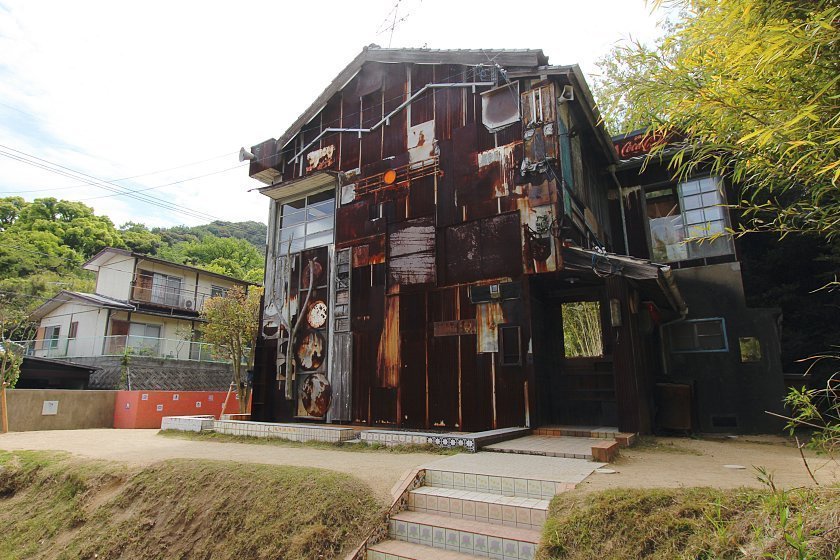
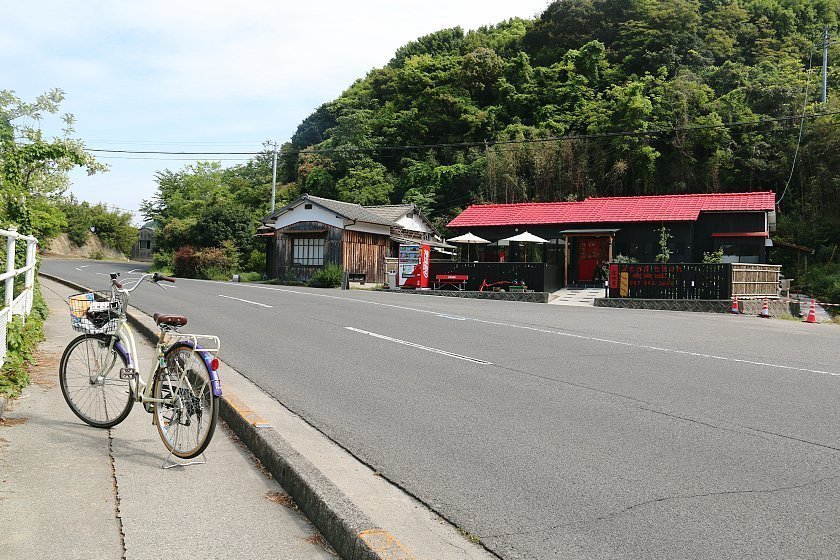
Upon arriving in the Honmura Port area, my first stop was at "The Naoshima Plan 2019 'The Water'" by Sambuichi Hiroshi. A new piece for 2019, this complex explores the interplay between water and space, and is complete with ponds and a wooden deck area on which visitors can relax and enjoy the area's tranquility.
From here I rode along some of the neighborhood's artsy back alleys and came across "Naoshima Port Terminal" by Sejima Kazuyo and Nishizawa Ryue, and "Naoshima Hall", another piece by Sambuichi Hiroshi.
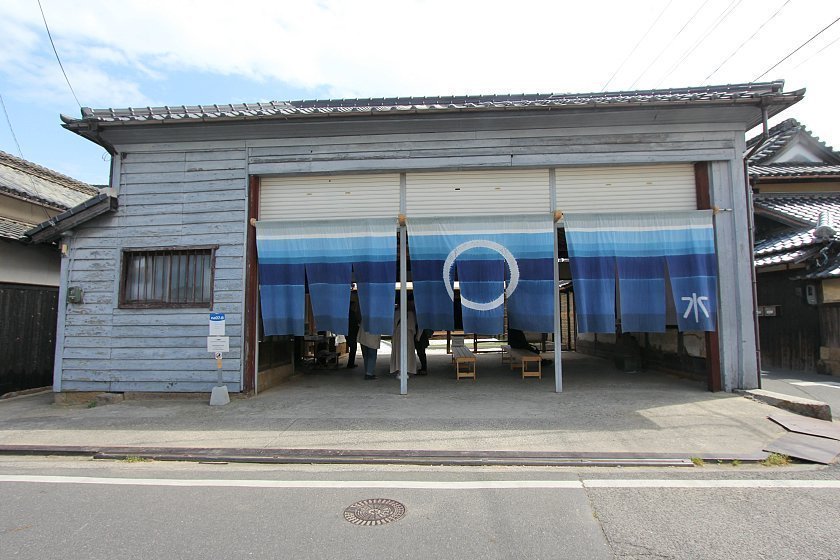
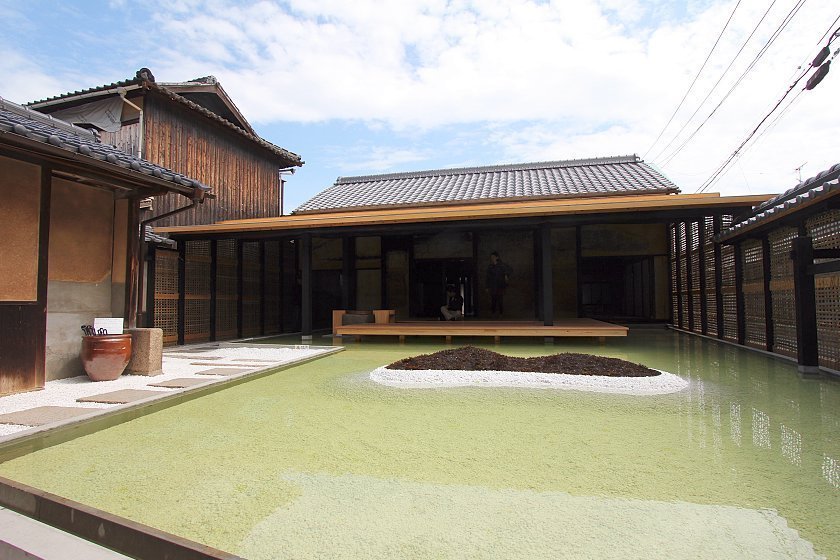
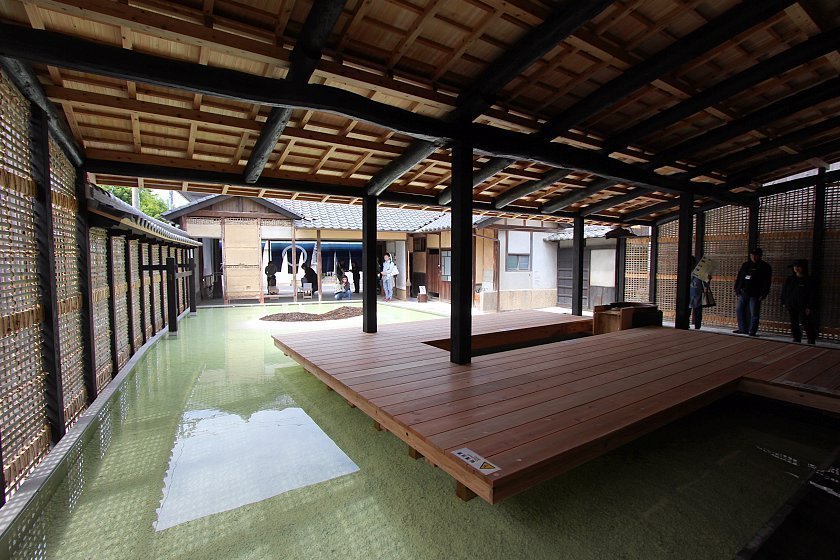

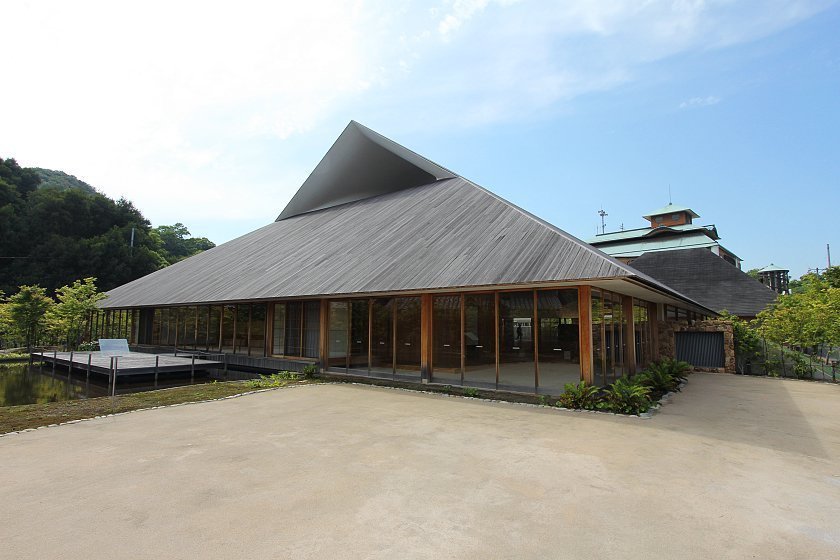

It was now time to complete my exploration of the island by heading south, and so I made the 15 minute bike ride down to the picturesque southern coast. Among other nice sights, I got the chance here to take in Kusama Yayoi's iconic "Yellow Pumpkin".
While renting a bike is a great option for those wanting the freedom to roam, be warned that some areas of the island (especially towards the south) have steep hills. An alternative to get around the island is by frequent buses that do the rounds of the different areas and attractions. I ended my day by cycling back to Miyanoura Port from where I took the ferry to Takamatsu on Shikoku, where I'd be staying the night.
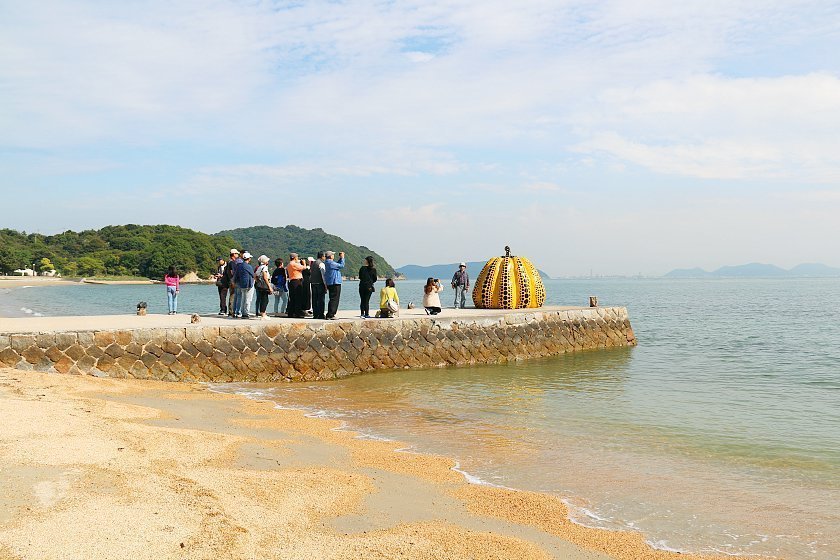
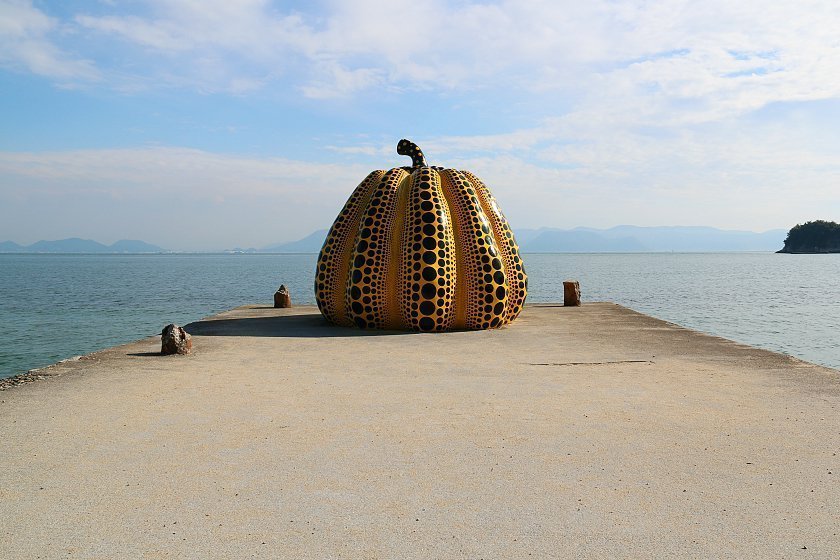
Day 2
Megijima
I awoke early on my second and final day of exploration of this beautiful area of Kagawa Prefecture and took a 20 minute ferry ride over to Megijima. Upon landing I boarded a bus up to the so-called "Ogre's Caves" on a hilltop that looms over the port area.
This impressive network of caves currently hosts the "Oninoko Tile Project", in which an abundance of ogre face-bearing roof tiles made by 3000 junior high school students around Kagawa Prefecture have been strewn around different parts of the cave. The experience of navigating the caves among such a plethora of art was as memorable as it was ghoulish!


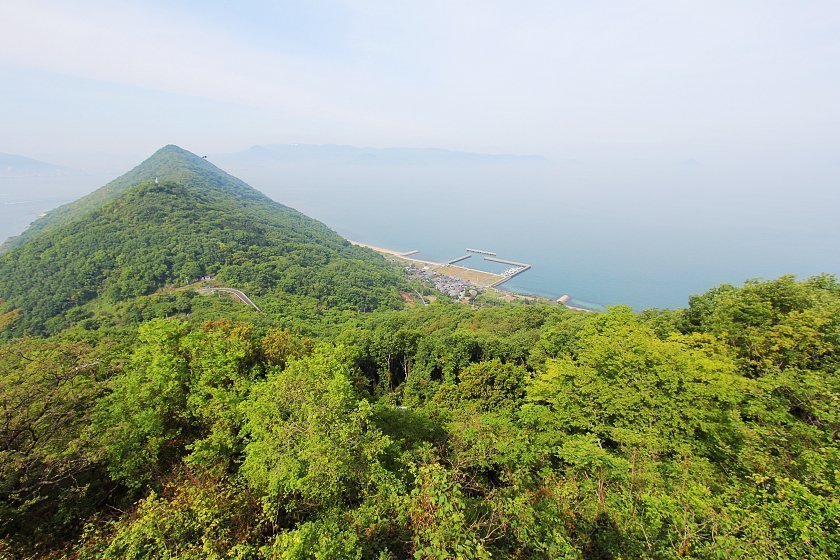
After taking a bus back down to the town, I went to check out "Terrace Winds", a piece that provides nice views as a backdrop to a group of abstract sculptures. Following this, I headed on to one of the new arrivals for the 2019 festival, the "Little Shops on the Island" project.
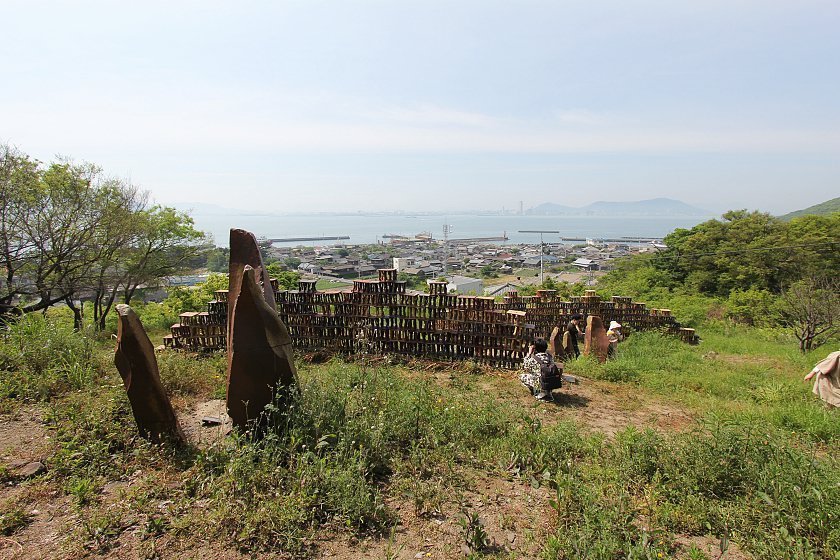
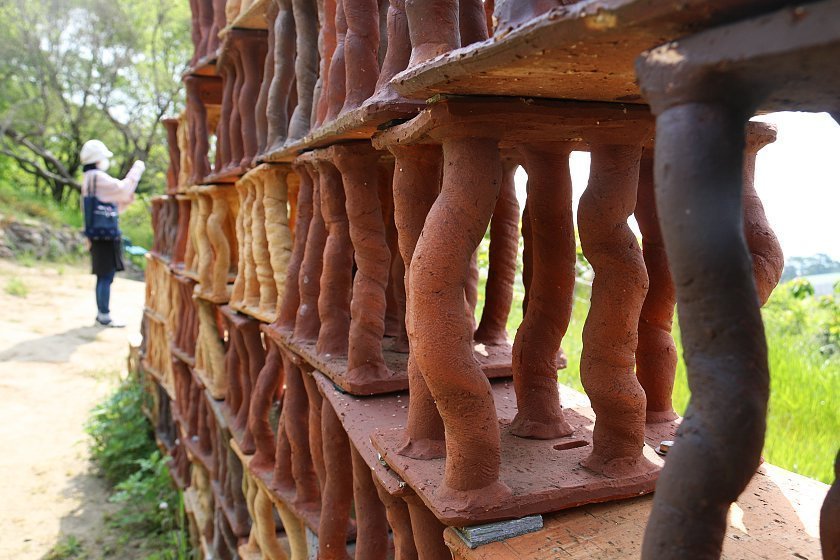
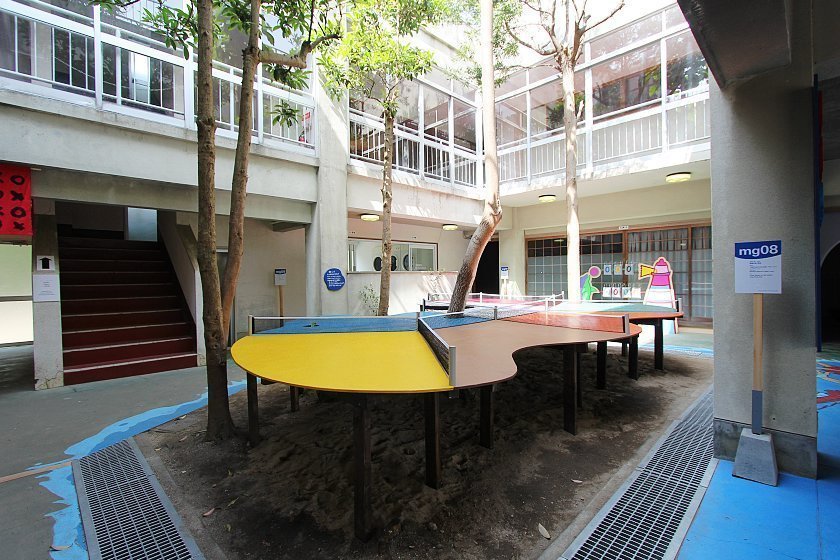
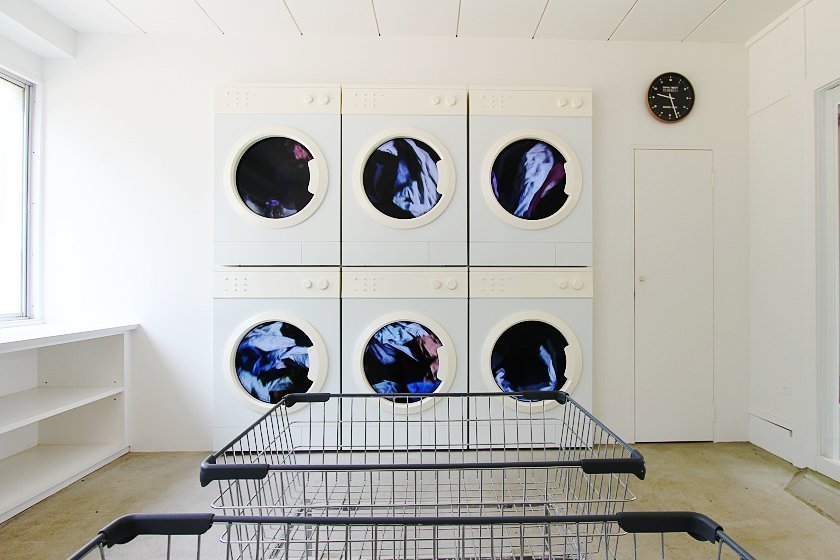
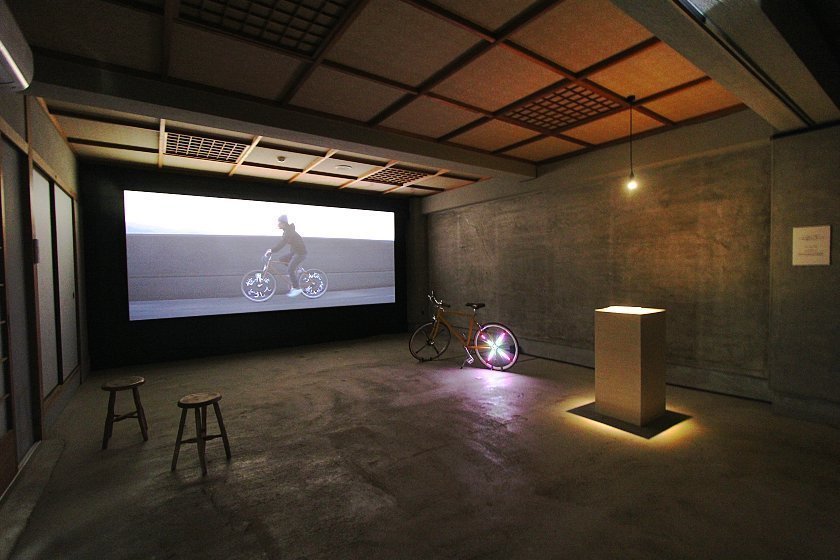
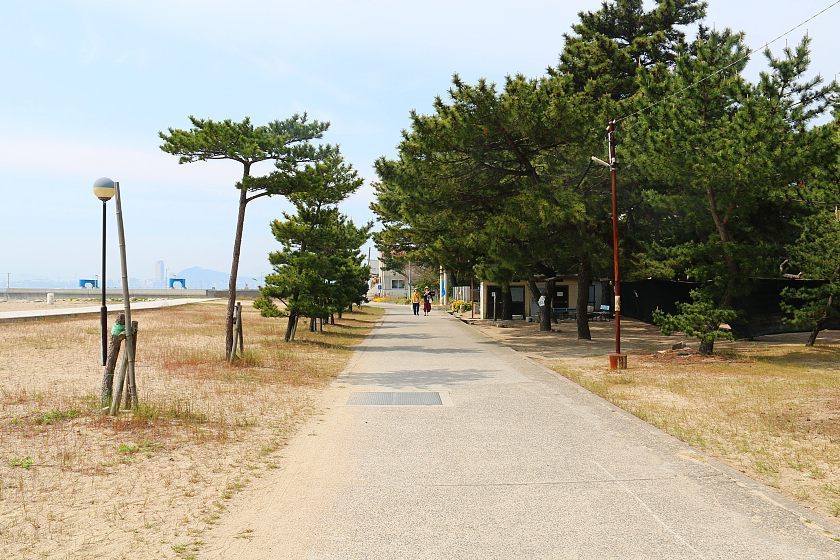
After exploring the little shops, I moved on to "BONSAI deepening roots", a piece taking up a beachfront house that explores different concepts through the medium of Japanese bonsai. Following this I checked out some more of the island's art before settling down for an early lunch at "Setouchi Gastronomy".
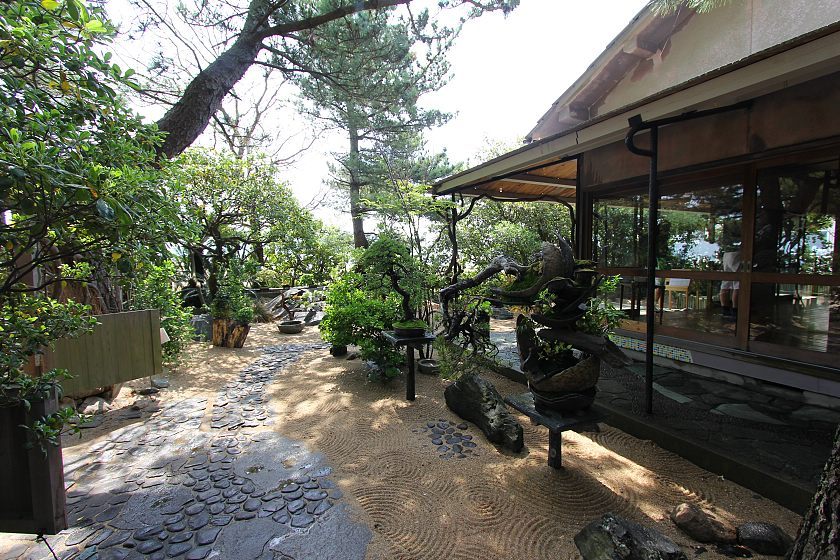


"Setouchi Gastronomy" affords diners a novel epicurean experience in which they eat courses between explanations by a chef about the food. The experience is in Japanese, however, English subtitles were cast on a screen next to the chef as he spoke. The experience was delicious and educational, and with multiple slots per day that visitors can book onto, I recommend it for those visiting the island.
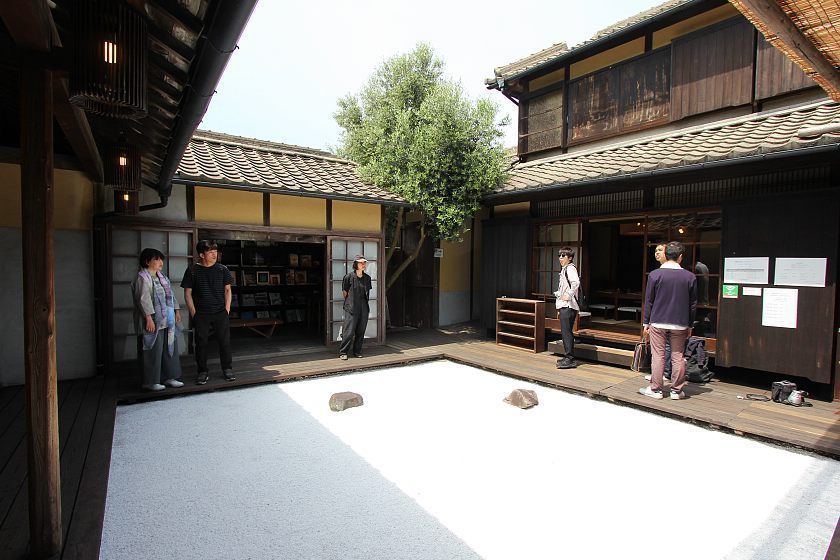
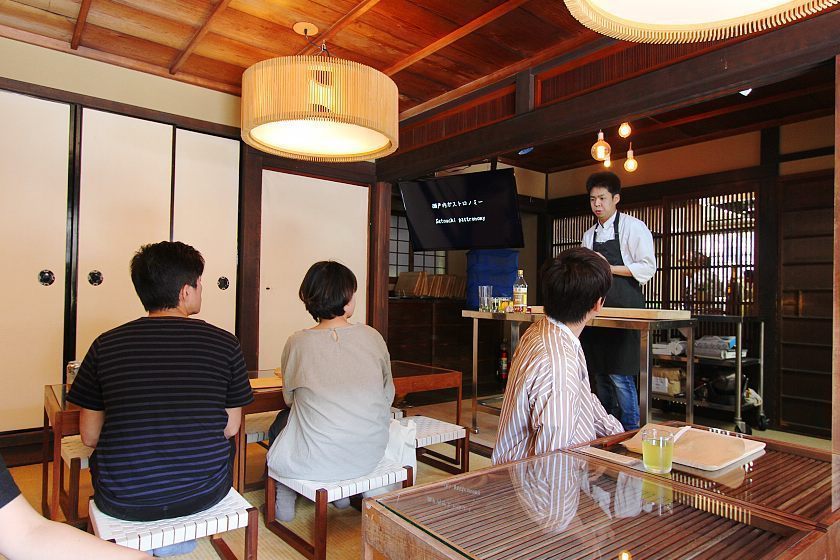

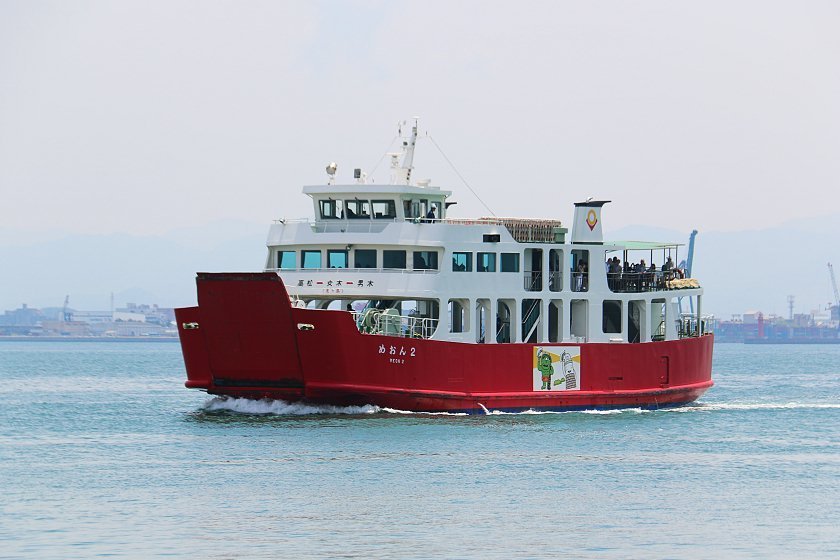
Ogijima
The final stop on my artsy exploration was on the small island of Ogijima located a 20 minute ferry ride north of Megijima. This tiny island, which can be covered entirely on foot in less than a day, has most of its exhibits in and around the fishing village that makes up its main port. Many of the island's art pieces are set up in and around old homes, and explorations of these punctuated by strolling along the village's hilly, winding backstreets, makes for quite the unique experience.

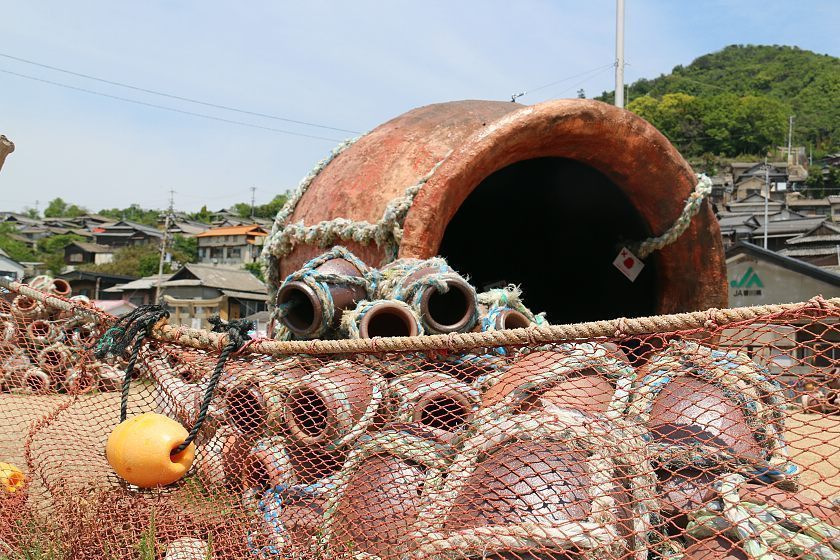


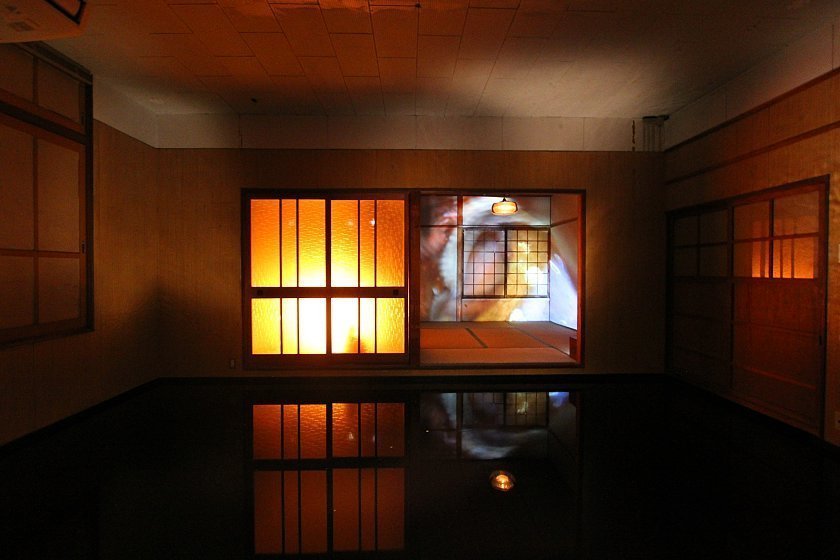
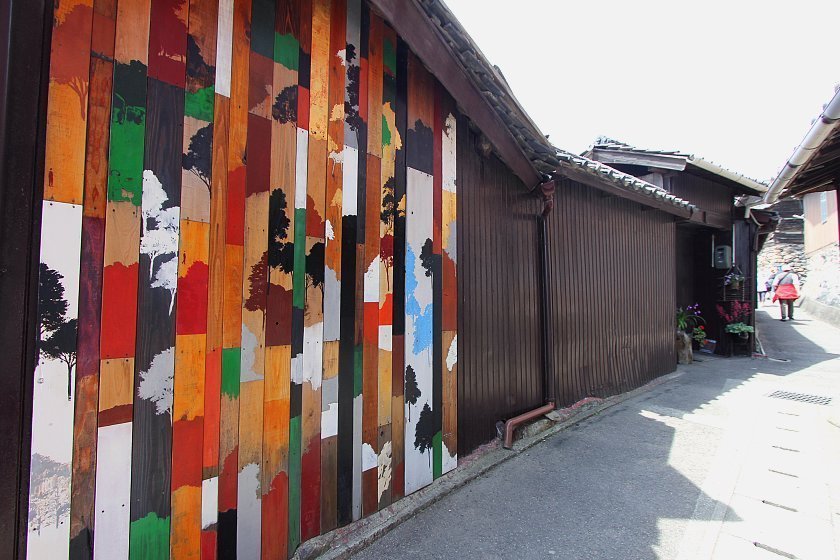

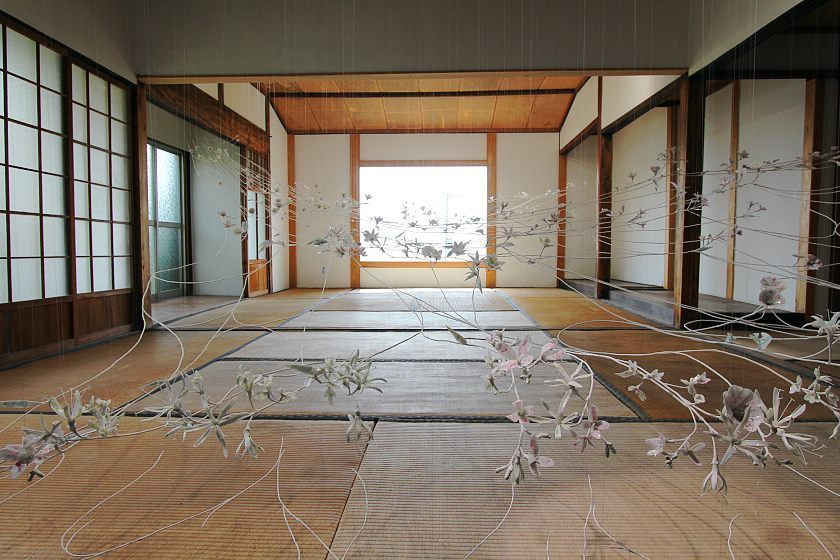
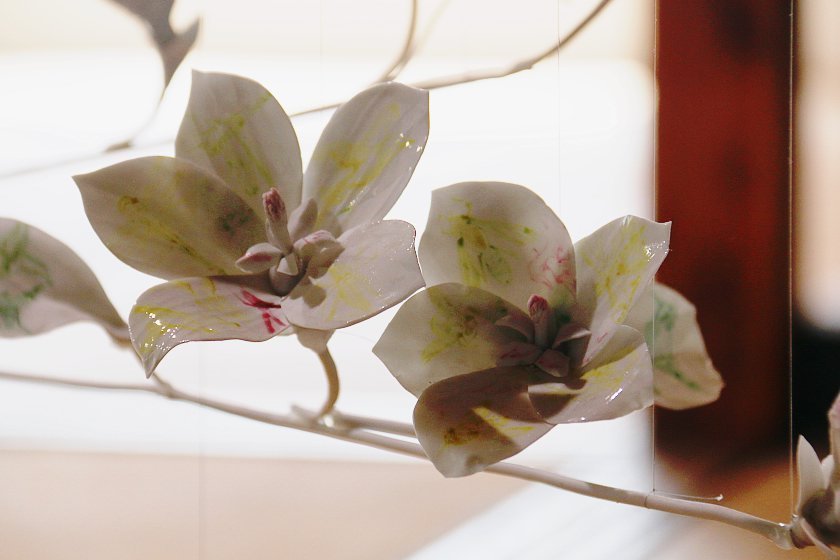
A network of regularly-running ferries and high-speed boats makes hopping between the islands relatively easy. For those planning to explore multiple islands and exhibitions, a good choice is to purchase the Triennale Passport which provides admission to almost all of the festival's art sites, saving visitors (for most exhibitions) from paying individual admission fees. The passport is sold for 4000 yen for a single session, or 4800 yen for access to all the sessions (spring, summer and autumn) held this year.

